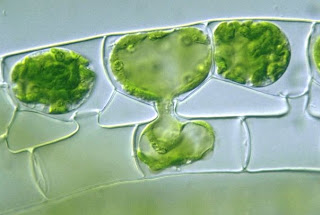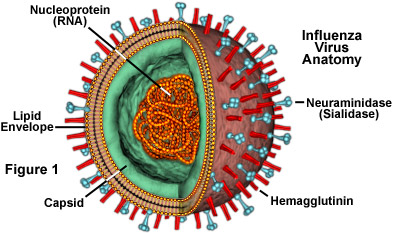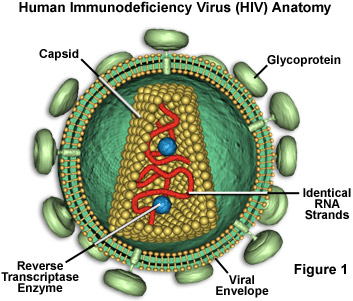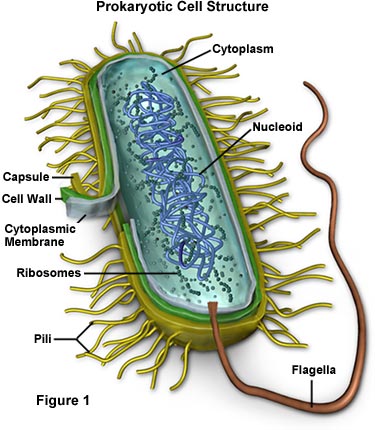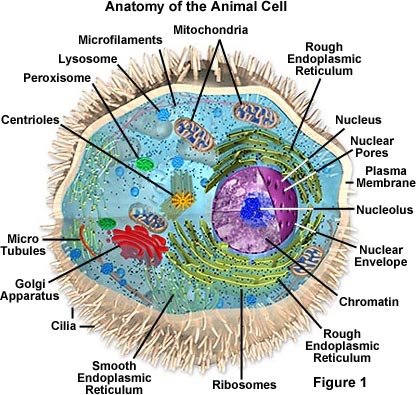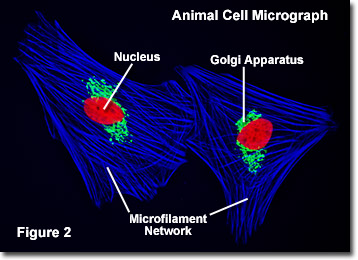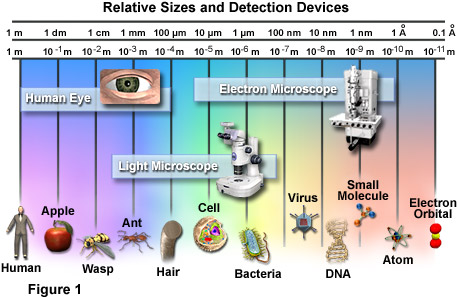RNA Structure and function:
The tertiary structure of RNA is similar to DNA, but there are several important differences:
- RNA usually forms intramolecular base pairs
- the information carried by RNA is not redundant because of these intramolecular base pairs.
- the major and minor grooves are less pronounced
- the structural, informational adaptor and information transfer roles of RNA are all involved in decoding the information carried by DNA
The 4 types of RNA
- tRNA (transfer RNA)
- mRNA
- rRNA
- snRNA
tRNA
tRNA is the information adapter molecule. It is the direct interface between amino-acid sequence of a protein and the information in DNA. Therefore it decodes the information in DNA. There are > 20 different tRNA molecules. All have between 75-95 nt.
All tRNA's from all organisms have a similar structure, indeed a human tRNA can function in yeast cells.
There are 4 arms and 3 loops. The acceptor, D, T pseudouridine C and anticodon arms, and D, T pseudouridine C and anticodon loops. Sometimes tRNA molecules have an extra or variable loop (this is shown in yellow in the adjacent figure).
tRNA is synthesized in two parts. The body of the tRNA is transcribed from a tRNA gene. The acceptor stem is the same for all tRNA molecules and is added after the body is synthesized. It is replaced often during lifetime of a tRNA molecule.
The adjacent image is a 3-D model of a yeast tRNA molecule which can code for ser. The model and the schematic above share the same color coding. You can rotate the molecule in the y axis to get better views of the structure.
Observe how the molecule is folded with the D and T pseudo-U C loops in contact, and with the acceptor stem and the anticodon loop at opposite ends.
The acceptor stem is the site at which a specific amino acid is attached by an amino-acyl-tRNA synthase. The anticodon reads the information in a mRNA sequence by base pairing.
Notice how the overall gross structure of the helix resembles that of DNA. Observe that the phosphoryl groups (shown in orange) are not on the outside of the helix like they are in DNA but are located in the groove. bases are paired similarly to DNA. In this image the acceptor stem is on the left and the anticodon loop is at the bottom. The D loop is in front of the T pseeudoU C loop at the top right.
mRNA

Messenger or mRNA is a copy of the information carried by a gene on the DNA. The role of mRNA is to move the information contained in DNA to the translation machinery.
mRNA is heterogeneous in size and sequence. It always has a 5 ' cap composed of a 5' to 5' triphosphate linkage between two modified nucleotides: a 7-methylguanosine and a 2 ' O-methyl purine. This cap serves to identify this RNA molecule as an mRNA to the translational machinery. In addition, most mRNA molecules contain a poly-Adenosine tail at the 3' end. Both the 5' cap and the 3' tail are added after the RNA is transcribed and contribute to the stability of the mRNA in the cell.
mRNA is not made directly in a eukaryotic cell. It is transcribed as heterogeneous nuclear RNA (hnRNA) in the nucleus. hnRNA contains introns and exons. The introns are removed by RNA splicing leaving the exons, which contain the information, joined together. In some cases, individual nucleotides can be added in the middle of the mRNA sequence by a process called RNA editing. In the figure the exons are represented as the region of variable sequence.
hnRNA and mRNA are never found free in the cell. Like DNA, they are bound by cations and proteins. These complexes are termed ribonucleoproteins or RNPs. The variability in sequence and structure means that no structure has been determined for a mRNA.
rRNA and ribosome synthesis
 Ribosomal RNA (rRNA) is a component of the ribosomes, the protein synthetic factories in the cell. Eukaryotic ribosomes contain four different rRNA molecules: 18 s, 5.8 s, 28 s, and 5 s rRNA. Three of the rRNA molecules are synthesized in the nucleolus, and one is synthesized elsewhere. rRNA molecules are extremely abundant. They make up at least 80% of the RNA molecules found in a typical eukaryotic cell.
Ribosomal RNA (rRNA) is a component of the ribosomes, the protein synthetic factories in the cell. Eukaryotic ribosomes contain four different rRNA molecules: 18 s, 5.8 s, 28 s, and 5 s rRNA. Three of the rRNA molecules are synthesized in the nucleolus, and one is synthesized elsewhere. rRNA molecules are extremely abundant. They make up at least 80% of the RNA molecules found in a typical eukaryotic cell.
Synthesis of the three nucleolar rRNA molecules is unusual because they are made on one primary transcript that is chopped up into three mature rRNA molecules. These rRNA molecules and the 5 s rRNA combine with the ribosomal proteins in the nucleolus to form pre 40 s and pre 60 s ribosomal subunits. These pre-subunits are exported to the nucleus where they mature and assume their role in protein synthesis.
The rRNA molecules have several roles in protein synthesis. First, the 28 s rRNA has a catalytic role, it forms part of the peptidyl transferrase activity of the 60 s subunit. Second, 18s rRNA has a recognition role, involved in correct positioning of the mRNA and the peptidyl tRNA. Finally, the rRNA molecules have a structural role. They fold into three-dimensional shapes that form the scaffold on which the ribosomal proteins assemble. The model on the left shows a the three dimensional structure that the 5 s rRNA from the African frog, Xenopus laevis is thought to adopt.
snRNA
Small nuclear RNA (snRNA) is the name used to refer to a number of small RNA molecules found in the nucleus. These RNA molecules are important in a number of processes including RNA splicing (removal of the introns from hnRNA) and maintenance of the telomeres, or chromosome ends. They are always found associated with specific proteins and the complexes are referred to as small nuclear ribonucleoproteins (SNRNP) or sometimes as snurps.
Antibodies against snurps are found in a number of autoimmune diseases.
http://www.biochem.uwo.ca/meds/medna/RNA.html




 Posted in:
Posted in: 


































